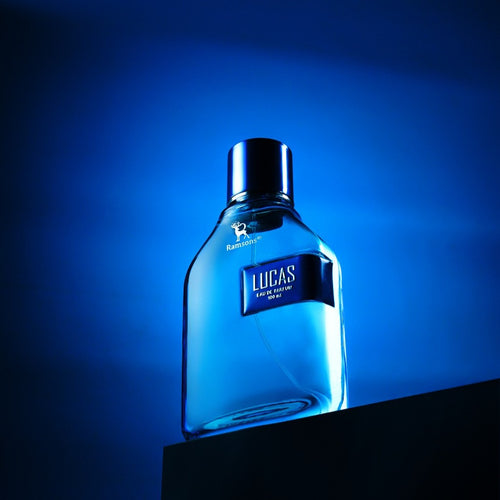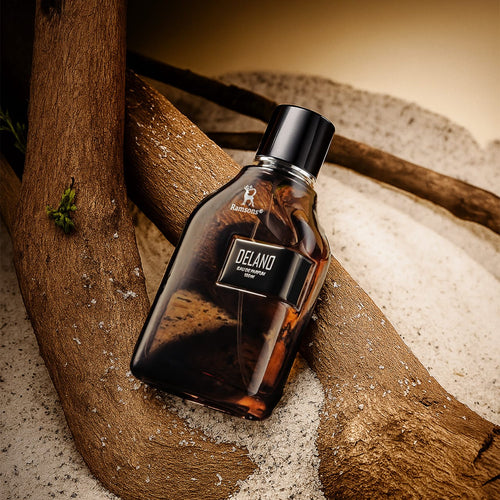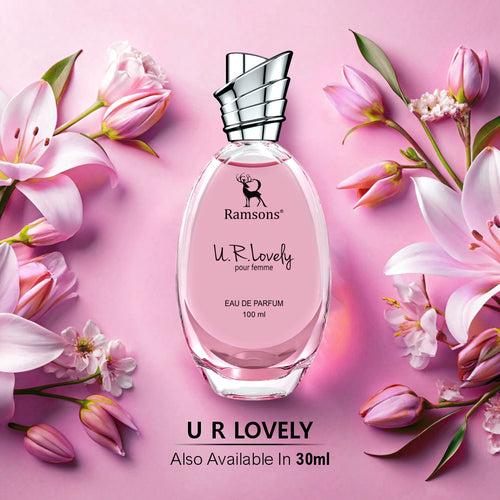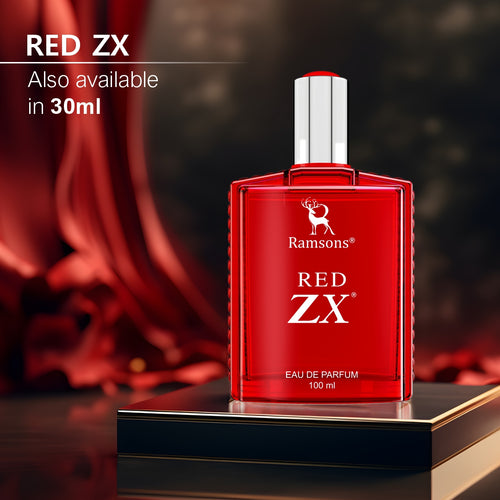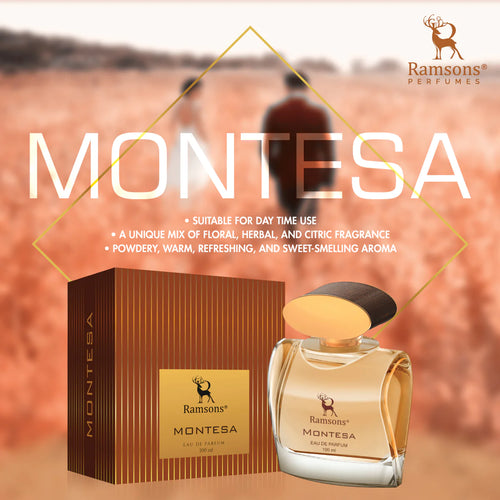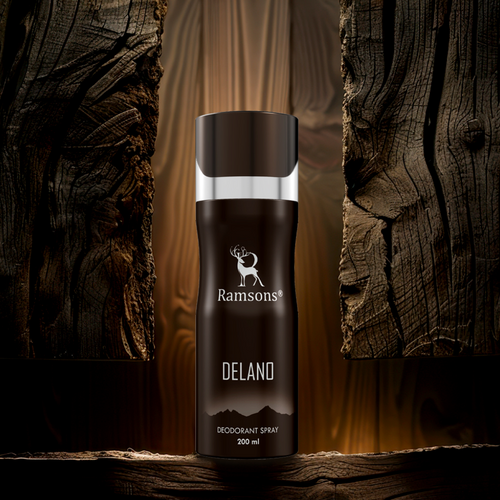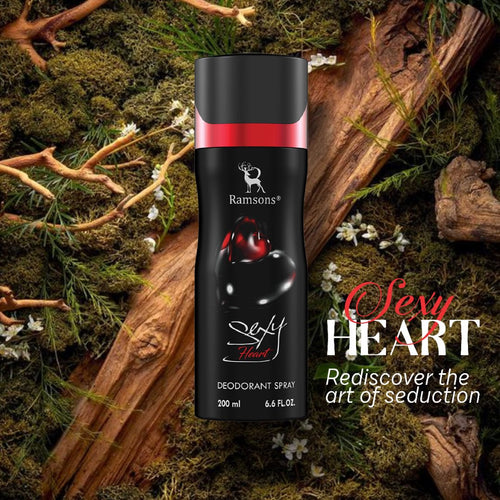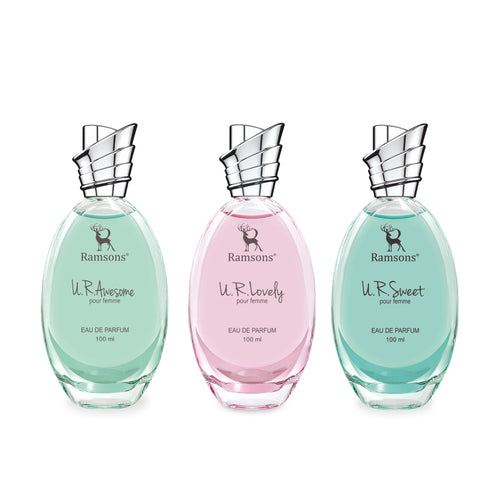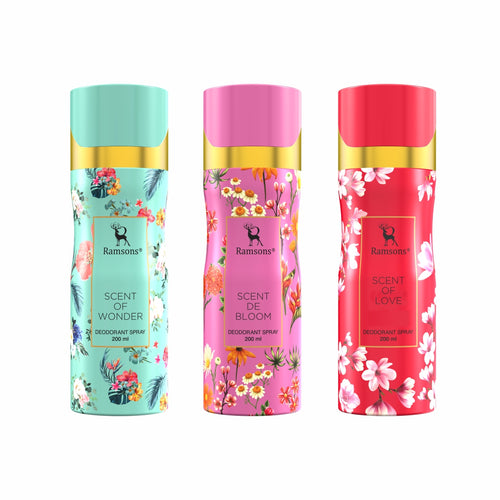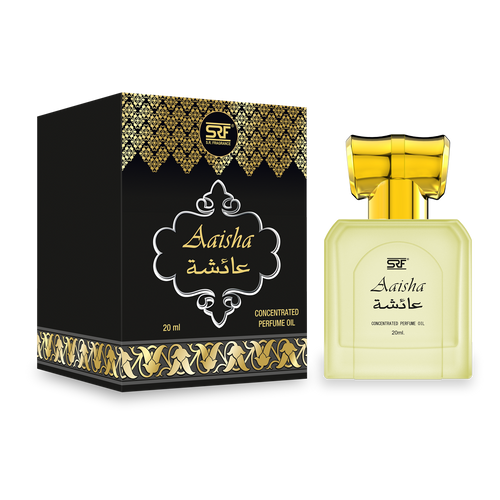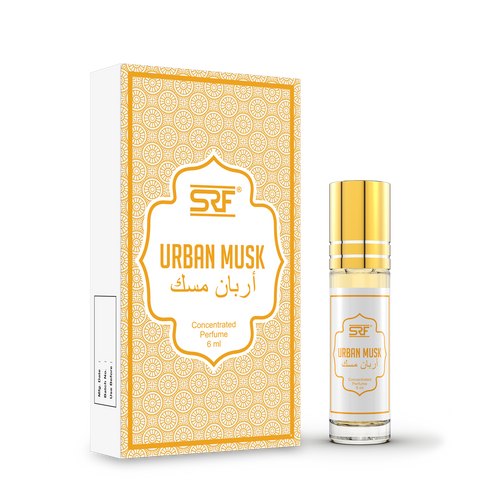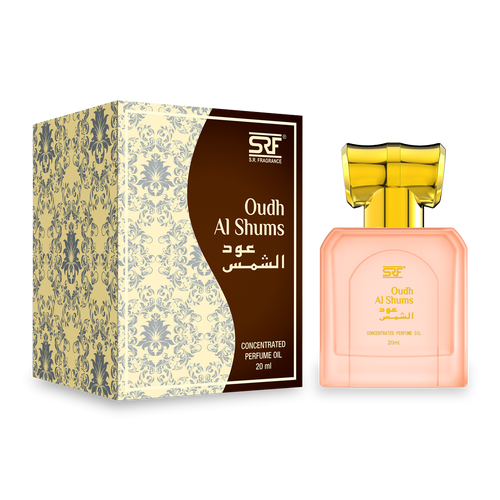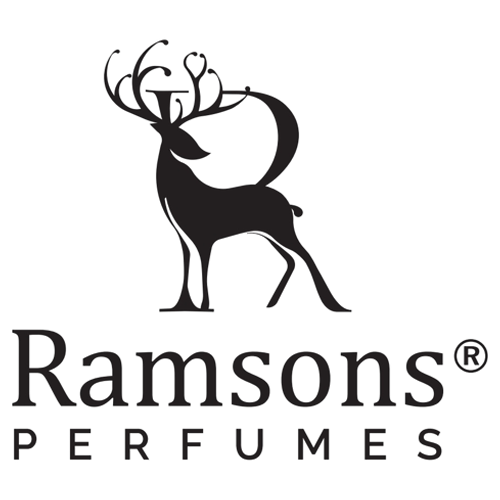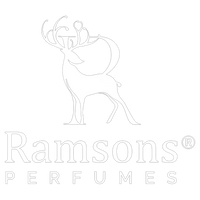Once More - Eau De Parfum - 100ML
- The Origin of Vanilla: A Brief History
Vanilla is derived from the pods of the Vanilla planifolia orchid, a plant native to Mexico. The Totonac people of Mexico were the first to cultivate vanilla, and it was later introduced to Europe by Spanish explorers in the 16th century. Over time, vanilla became a highly sought-after ingredient in both culinary and fragrance industries.
The process of cultivating vanilla is labor-intensive, which is one of the reasons why it is considered one of the most expensive spices in the world. Each vanilla orchid must be pollinated by hand, and the pods are carefully harvested and cured to develop their characteristic aroma. The result is a rich, complex scent that has become a staple in perfumery.
-
The Composition of Vanilla Fragrance
Vanilla is often described as sweet and creamy, but its scent profile is much more nuanced. The primary components of vanilla’s aroma include vanillin, coumarin, and anisaldehyde. Vanillin, the most prominent compound, gives vanilla its signature sweet, creamy scent. Coumarin adds a warm, hay-like quality, while anisaldehyde contributes a slightly spicy, almond-like note.
In perfumery, vanilla is classified as a base note. Base notes are the foundation of a fragrance, providing depth and longevity. Vanilla’s rich and lasting aroma makes it an ideal base note, often paired with other complementary scents like amber, musk, or woods to create a balanced and harmonious fragrance.
- Vanilla in Perfumery: A Versatile Base Note
Vanilla’s versatility is one of the reasons it is so widely used in perfumery. It blends seamlessly with a wide range of other fragrance notes, enhancing and rounding out the overall scent. Whether it’s used in a gourmand fragrance, where it adds a sweet and edible quality, or in a more complex oriental scent, vanilla plays a crucial role.
Gourmand fragrances are those that evoke the scent of food or desserts. In these perfumes, vanilla often takes center stage, creating a rich, indulgent aroma reminiscent of baked goods, caramel, or chocolate. Vanilla is also a key component in many oriental fragrances, where it is paired with spices, resins, and woods to create a warm, exotic scent profile.
- Popular Vanilla-Based Fragrances
Several iconic perfumes feature vanilla as a prominent note. These fragrances highlight the versatility and enduring appeal of vanilla in the world of perfumery. Some of the most popular vanilla-based fragrances include:
Tom Ford Tobacco Vanille: This luxurious fragrance combines the sweetness of vanilla with the rich, smoky notes of tobacco. It’s a warm, spicy scent that exudes sophistication.
Yves Saint Laurent Black Opium: A modern classic, Black Opium blends vanilla with coffee, jasmine, and patchouli to create a bold, addictive fragrance that’s both sweet and sensual.
Guerlain Shalimar: One of the oldest and most revered perfumes in the world, Shalimar is a perfect example of an oriental fragrance that features vanilla prominently, combined with citrus, iris, and incense notes.
Dior Hypnotic Poison: A bold and mysterious fragrance, Hypnotic Poison showcases vanilla alongside almond, jasmine, and musk, creating a deep and intoxicating scent.
- The Role of Vanilla in Modern Perfumery
In modern perfumery, vanilla continues to be a popular choice, not only for its standalone scent but also for its ability to enhance other fragrances. It is often used to add warmth, depth, and a sense of comfort to perfumes. Vanilla can also act as a natural fixative, helping to stabilize other, more volatile fragrance notes and extending the life of the perfume on the skin.
Perfumers often experiment with different types of vanilla to achieve various effects. Bourbon vanilla, for example, is known for its rich, creamy scent with hints of tobacco and spice, making it ideal for more complex fragrances. Tahitian vanilla has a fruitier, floral aroma, often used in lighter, more playful perfumes. Mexican vanilla, with its bold and slightly smoky scent, is another favorite among perfumers.
- Synthetics vs. Natural Vanilla in Perfumery
With the growing demand for vanilla in both culinary and fragrance industries, natural vanilla has become increasingly rare and expensive. As a result, many perfumes today use synthetic vanilla, known as ethyl vanillin. While ethyl vanillin is chemically similar to natural vanillin, it has a more intense, sweeter scent.
The use of synthetic vanilla allows perfumers to create consistent and affordable products, but it’s not without its drawbacks. Natural vanilla offers a complexity and depth that synthetic vanilla often lacks. This is why many high-end perfumes still use natural vanilla, despite its cost, to achieve a more authentic and luxurious fragrance.
- Vanilla as a Unisex Fragrance Note
Another reason for vanilla’s popularity is its unisex appeal. While it is often associated with sweet, feminine scents, vanilla is also used in many masculine fragrances. Its warm and comforting aroma makes it a versatile choice for anyone looking for a fragrance that is both approachable and long-lasting.
In men’s fragrances, vanilla is often paired with more robust notes like leather, wood, or spices to create a balanced scent that is both warm and masculine. In women’s fragrances, vanilla is typically blended with florals, fruits, or other sweet notes to create a softer, more delicate aroma.
- The Psychological Impact of Vanilla
The scent of vanilla is not only pleasing to the senses but also has a profound psychological impact. Studies have shown that vanilla can evoke feelings of comfort, warmth, and relaxation. This is why it’s often used in aromatherapy and scented products designed to promote calm and well-being.
Vanilla’s ability to trigger positive emotions is one of the reasons it remains so popular in perfumery. Whether it’s the nostalgia of a favorite dessert or the soothing warmth of a cozy night in, vanilla has a unique way of connecting with our emotions.
Conclusion
Vanilla is much more than just a sweet scent; it is a complex and versatile fragrance note that has captivated people for centuries. From its rich history and labor-intensive production process to its role in modern perfumery, vanilla continues to be a beloved and essential ingredient in the world of fragrances.
Whether used as a base note in a sophisticated oriental fragrance or as the star of a gourmand perfume, vanilla’s warm, comforting aroma is truly timeless. As perfumers continue to experiment with both natural and synthetic vanilla, we can expect this beloved fragrance note to remain a staple in the industry for years to come.
